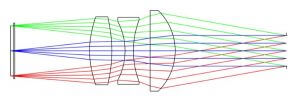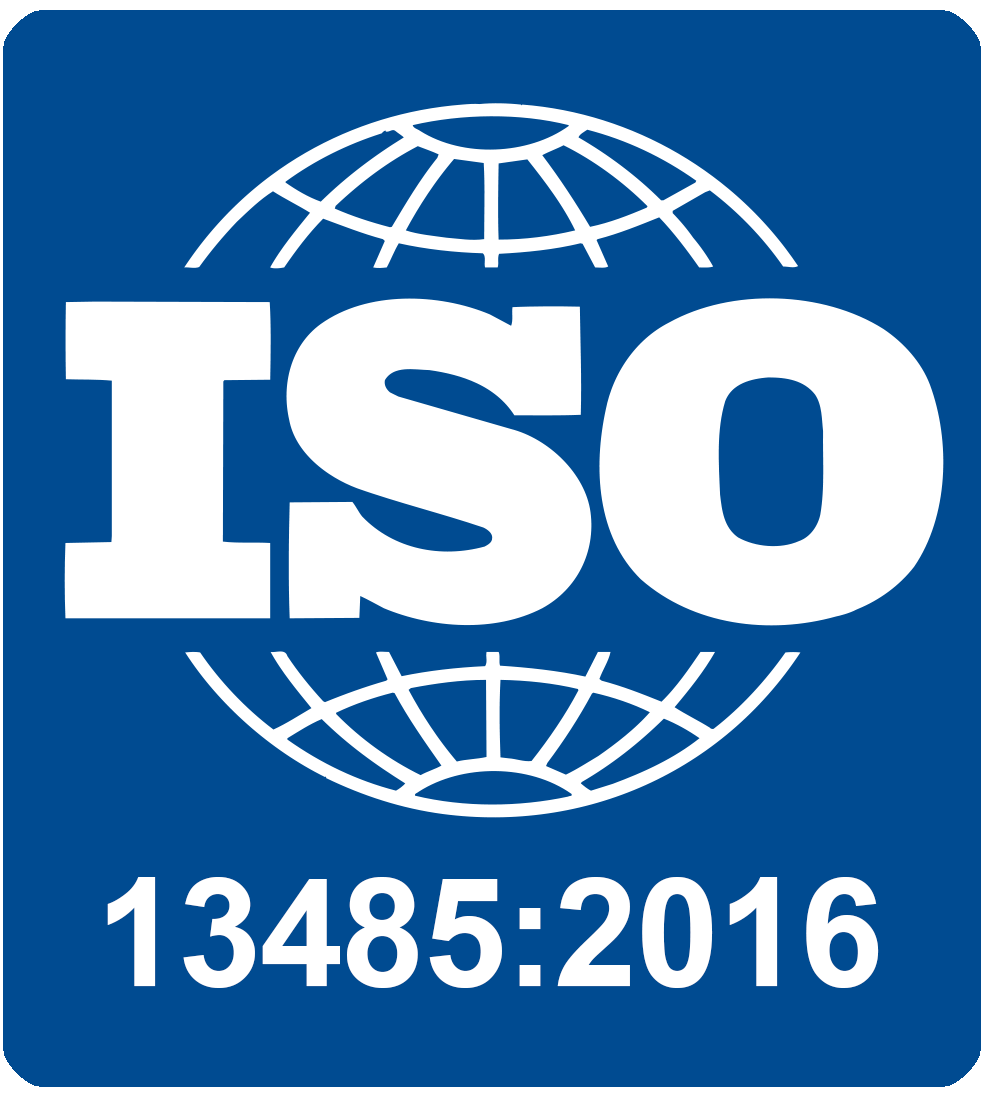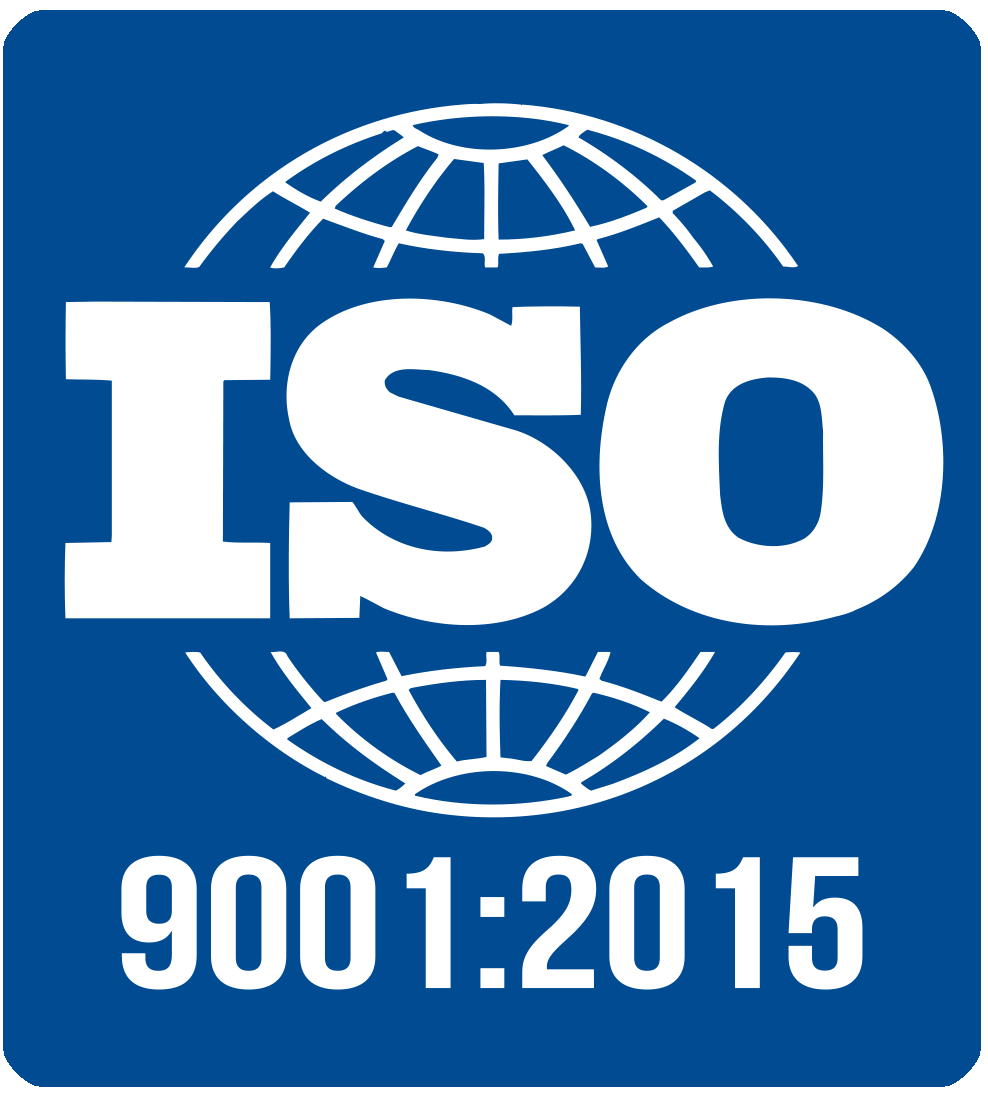Collimating Lenses Design & Manufacturing Experts (original) (raw)
AR
CN
DEN
EN
FR
GER
ITA
POR
RUS
SPA
- Home
- Optical Lens Assembly
- Collimating Lenses
Collimating Lenses Overview
Collimating lenses are used to convert divergent light beams into parallel beams and are designed for various applications from the UV to visible to long wave infrared spectrum. At Shanghai Optics, we design and manufacture a wide variety of standard and custom collimating lenses for customers around the world. Learn more about these lenses and their uses below.

1. The figure above shows a collimating lens designed for a large light source.

2. Collimating lens converting divergent light beams into parallel beams.
Whenever light passes through a reflective object, it scatters into different angles. An optical collimator transforms a divergent beam of light into a parallel beam and reduces the spatial cross-section of the light beam, making it smaller.
When collimating lenses are attached to light sources and/or spectrometers, the light enters the sample at a specific angle with minimal variation, contributing to stable and repeatable measurement results.
Collimation ensures that light rays travel parallel to each other and do not disperse in unwanted directions.
What Are Collimating Lenses?
The collimating lens typically consists of an aluminum housing with one or more lens elements and is designed with the required focal length, diameter and mount. The main purpose of a collimating lens is to collect light from a light source and produce a parallel beam of light with the required spatial resolution. A collimating lens can be attached directly to the measurement device or testing instrument. Collimating lenses can slide relative to the lens fixture to adjust the focus position.
We provide a variety of standard collimating lenses, including aspheric and achromatic lenses, suitable for many different light sources such as highly divergent laser diodes. Our standard collimating lenses can convert divergent laser beams into well-collimated beams, ideal for applications like interferometry, laser material processing, and laser scanning. To reduce the lead time, you can build your own beam expanders to meet application requirements by selecting different sets of our standard collimating or focusing lenses. Using our standard collimating / focusing lenses, the beam expander can be designed to have magnification up to 10 times for the wavelengths of 405 nm, 543 nm, 633 nm, 780 nm, 1064 nm, 1310 nm, 1550 nm, and 2000 nm.
We also provide custom collimating lenses for projecting a source at infinity for infinite conjugate testing of optical systems. These lenses can consist of several optical elements. The selection of optical materials and configuration depends on the entrance pupil diameter, wavelength, focal length, and field of view of the optical system under test.
Collimating Lens Application Uses and Benefits
With the ability to collimate light beams with high accuracy and high resolution, collimating lenses are an essential component of many systems for various applications including spectrometers, beam-expander systems, display measuring systems, laser illumination systems, optical fiber couplers, sensor testing systems, etc. Collimating lenses allow users to control the field of view, spatial resolution and light collection efficiency of their instruments or setups.
Custom collimating lenses and beam expanders provide many benefits, including:
- Minimized energy loss or designed with high optical efficiency
- Customized coating for high-power laser applications
- High quality
- High spatial resolution
- Large field of view
- Minimized divergent angle
- Custom size and focal length
- Custom mount
How Collimating Lenses Are Produced
The typical production process for a collimating lens assembly involves manufacturing the lenses through molding or polishing, followed by inspecting, coating, assembling, and testing. Although the manufacturing process remains the same regardless of the collimating lens type, the application of the lens may influence the testing method and design details, such as glass material selection and coating design. Collimating lenses can be tailored to better suit customers’ specific needs.
At Shanghai Optics, we design and manufacture custom and pre-engineered collimating lenses to meet customers’ application requirements. For some simple projects like laser collimators and beam expanders with the need for fast turnaround time, we can provide many different standard collimating lenses with different diameters, focal lengths, coating, and mounting sizes. For collimating lenses, we offer different coating options including the coating for the wavelength of 405 nm, 543 nm, 633 nm, 780 nm, 1064 nm, 1310 nm, 1550 nm, 2000 nm, etc.
If you’re looking for a more specific solution, we can also help you with custom collimating lens design and consulting. Please contact our sales team for additional information.


